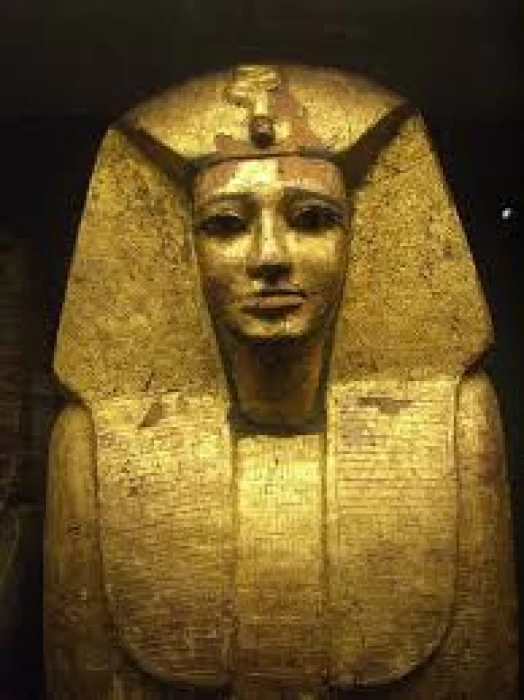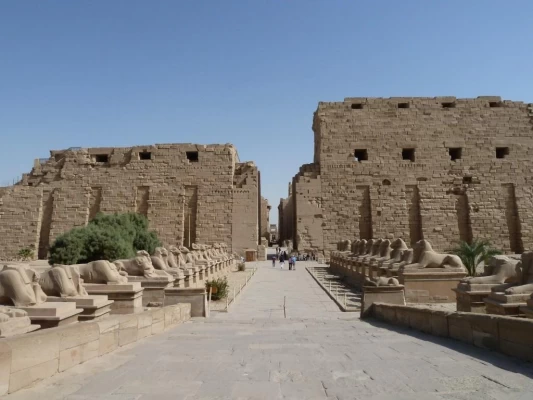
The Seventeenth Dynasty in Ancient Egypt
Facts About The Seventeenth Dynasty
The Seventeenth Dynasty is defined as a period that occurred in the history of Ancient Egypt during the Second Intermediate Period, also termed the Second Intermediate Age. This dynasty ruled Egypt for about thirty years, some would say between 1580 and 1550 BC. Have a look at this dynasty and its members below.
The Second Intermediate Period of Egypt, as historians and Egyptologists refer to this period, corresponded with the Seventeenth Dynasty of Egypt. This era begins with the reign of King Ahmose I of the Eighteenth Dynasty and ends with the fall of the Old Kingdom, symbolized by the reign of King Pepi II of the Sixth Dynasty.
This page is designated as the dark age of Egypt, high among the historical point is characterized by chaos, decline and revolts in ancient Egypt where the Hyksos dynasty ruled. It is stated in ancient Egyptian geography that the Hyksos had their capital city in Avaris a place in the eastern region of the delta.
This dynasty's members were never called Pharaohs since they were not Egyptians by birth; they were called Kings instead and did not undergo conventional coronation traditions for Pharaohs. According to oral tradition as well, there was famine in Egypt at this point which Joseph son of Jacob helped alleviate.
Kings of Seventeenth Dynasty of Egypt
King Rahotep is widely recognized as the first ruler of the 17th Dynasty and he is viewed as its founder who ruled over Egypt from 1580 BC up until 1576 BC. After that came King Sobekemsaf I who reigned between 1576 – 1571 BC and married Nubemhat.
Sobekemsaf II was the third ruler of the dynasty, ruling in 1571 BCE. He married "Nubkhas," and his royal tomb was later looted during the reign of Ramesses IX of the Twentieth Dynasty, known for the Ramesside Period, by tomb robbers. King Intef VI ascended to the throne in 1571 BCE and was buried in the Tomb of Djer Abu Naga, among the tombs of the nobles in Luxor, "Thebes," in southern Egypt.
King Intef VII ruled Egypt from Thebes in 1568 BCE and married "Sobekemsaf." Sekhemre Khutawy, or King Intef VII, was also one of the rulers of this dynasty. He ruled Egypt from 1566 to 1559 BCE and married "Haaankh." Seqenenre Tao I was also another king from the seventeenth dynasty whose reign lasted between 1559 – 1558 BC while his wife was Tetisheri.
Then came Seqenenre Tao II, who succeeded his father Seqenenre Tao I as king overcertain periods ranging from1558-1554BCEwith his wife being Ahhotep. The last ruler in this dynasty Kamose ruled over Egypt between1554 -1549BCEo. He had Ahhotep II for a partner.















